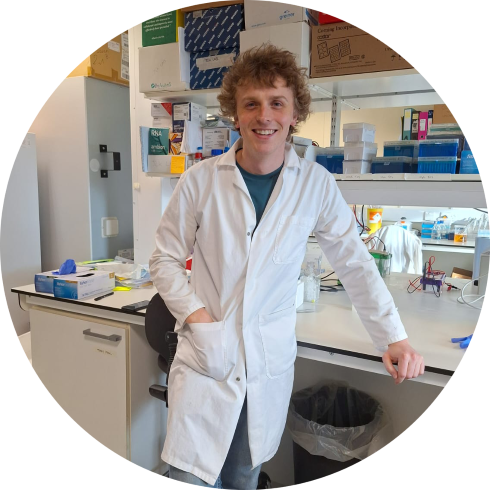Investigating whether improving the function of tiny structures (membrane lipid rafts) can prevent nerve cell death.
Principal Investigator: Dr Tobias Moll
Lead Institution: University of Sheffield
MND Association Funding: £249,373*
Funding dates: April 2024 - March 2027
*Supported by the Lady Edith Wolfson Fellowship Programme
About the project
In order for us to move, breathe and talk the brain has to communicate through the motor neurons to the muscles. In MND, this communication breaks down and muscle start to waste. Tiny structures on the surface of brain, called membrane lipid rafts, play an important role in this communication. Previous research has shown that these structures do not work properly in models of a specific genetic type of MND, called SOD1 MND. Previous research has also shown that the function of the membrane lipid rafts could be boosted by using a protein (caveolin-1) which protects nerve cells. This research aims to investigate if membrane lipid rafts are also faulty in other genetic types of MND. The researchers will then test if increasing the production of caveolin-1 will boost the function of the membrane lipid rafts and reduce damage to nerve cells.
What could this mean for MND research?
This research aims to test a new treatment strategy in models of MND. If successful it could lead to the development of a new potential treatment of MND.
Resources
Project code: 2323-799

